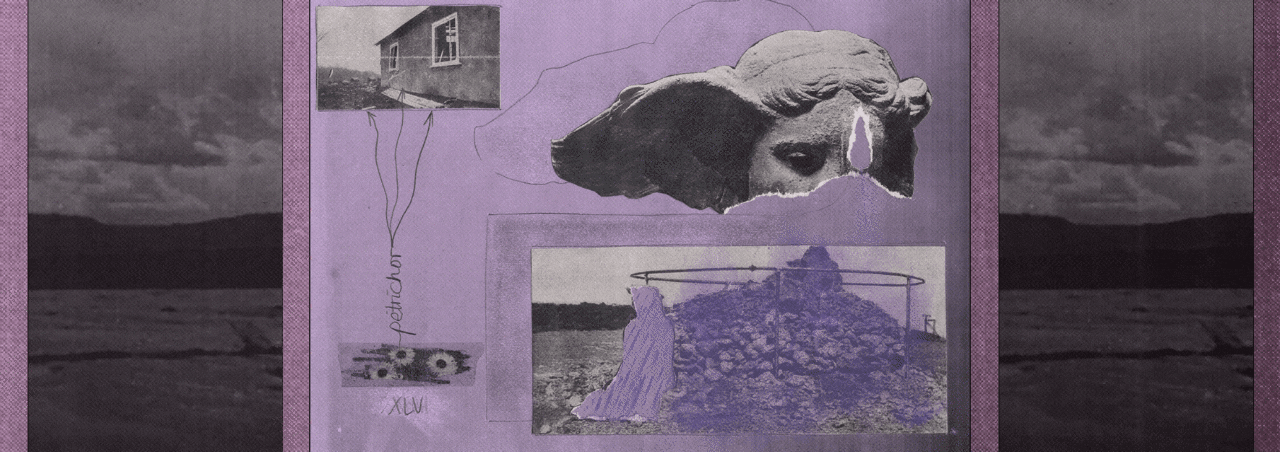The Private Road
The Private Road to the beach is closed. The technology exists to recreate the entire
scene as a water park, the rocks epoxied together, the giant palms crafted out of
Legos. The health care worker scanning for broken pieces of glass in the sand is
played by the marijuana addict on a humanitarian mission. The ripples in the sky
are modeled by the members of the university’s cosmic imaging team. Only the
party bus is missing after the high schooler on the upper deck forgot to sit while it
scooted under the freeway underpass. Oh, Death — that nasty immortalist. Forever
is there risk hidden in the genetic spindrift. Forever is there mayhem amid the
primordial gravitational waves. Forever is there opportunity for back pain in the
Anthropocene Age. All the stooping and bending that has gone into recreating this
scene of the hidden beach. In theory it should have had more filigree, and all the
macramé hangers are certainly in the wrong place. But, as everyone suspects, it still
costs more to make a movie about space than it does to actually travel there.
Aster
A California aster has been granted citizenship in the kingdom of ends and means.
Yet not one gardener calls for justification in dividing every fertile plot in equal
parts. It is assured that buckwheat and monkeyflower will receive the same portion
— as will pipevine, snowberry, yellow cress, and common sage. But the heirloom
tomatoes want more, and in the name of Yerba Santa, they are set on their mission
to be the great recipients. So the rest of us in food festival land wait for a decision
from the growth council. Will we adopt a sensible policy on the formation of
stamens? Oh, flowering throng, gather round the habit-forming electricity grid and
watch the numbers of toasters grow. Consider the multiplying appliances of the
nook, the battery chargers on display. In the next five years the sun will double its
output, and we will set to bidding on the windfall. Just so we can power up the
Pacific Plate to slide past the North American, lift those pebbles from the Mexican
volcano to the Channel Islands. Everything depends on origin in order to gain its
share. That’s why the North Pole points at Polaris, but in eleven thousand years it
will point at a gangly aster on Vega.
Tim Kahl is the author of three books, most recently The String of Islands (Dink, 2015). His work has been published in Prairie Schooner, Drunken Boat, Indiana Review, Ninth Letter, Notre Dame Review, The Volta, Caliban, and many other journals. He is the vice president and events coordinator of The Sacramento Poetry Center, and he currently teaches at California State University, Sacramento. WEB
BACK
NEXT
